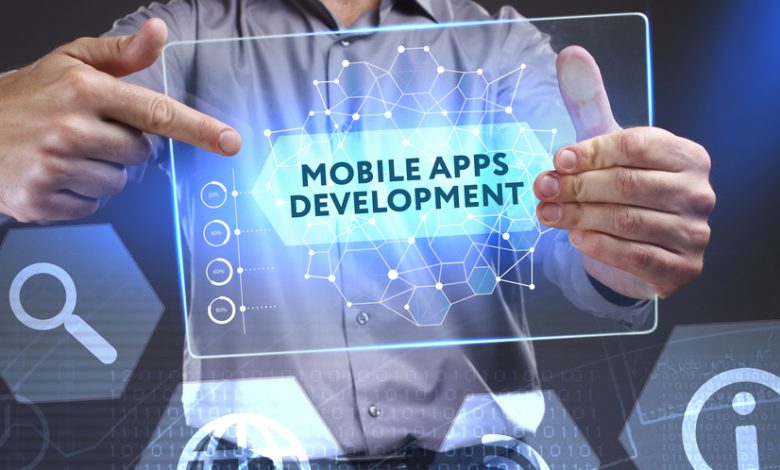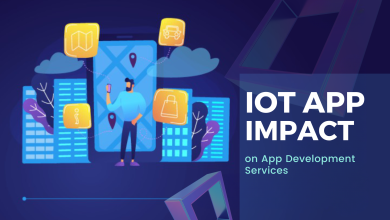A Comprehensive App Development Guide to Build Your Mobile App

Mobile App development outwardly might seem easy and cool stuff but involves a great deal of hard work and commitment. Mobile App developers realize the inherent intricacies of developing a mobile app. If the steps of the process are to be followed then it will not appear as difficult as it tends to appear at the onset. You can choose custom mobile application development services to help you with the process.
Keep on Reading to Explore the Steps Involved:
The Life Cycle of the Mobile App Development Process
Mobile development process steps:
- Planning
- Building
- Designing
- Testing
- Deployment
If you follow these five steps before initiating the process of creating a mobile, you will have answers to most of the questions. It will help you in deciding what type of app you want, how it should look, and its functions. You can have a checklist of your mobile app how it looks before, during, and after completion. This will give you a rough idea of the important factors to consider before launching your mobile app. Let’s take a look at the important phases in the development process.
-
Inception and Strategy Phase:
This is the stage of the mobile app development process where you have the first draft of your mobile app and how will it look after the due planning and speaks for your commitment to creating one. This stage further demands choosing a company or outsource it to an expert team who will create the mobile app on your behalf. The chosen team and you must fall in the same place regarding the working and final look of the app. Communication across all channels will save you time and lessen your worries.
The strategy development calls for research regarding the “target audience”, “apps goals and objectives, and the competition in the market” to make an informed decision regarding your app.
-
Planning and Documentation:
This makes the second stage of your mobile app development process. The documentation serves as a manual and record-keeping of all the processes and steps that went into your app from start to the finish. It is important to keep track of the steps to reflect and make changes later on if need be. Planning and analysis are required for developing use cases and detailed functional requirements. Identification of app requirements will help you prepare a road map and evaluate the resources and costs. You can prioritize your product as per the available resources and make it for the initial launch.
-
Development of App Prototype Phase:
The app development team will then make a prototype of the app as per the requirements and technical specifications mentioned in the above phase. The team will demonstrate how the app will work using wireframes for better visualization of the app working. If this passes then the team can have the go-ahead to make the actual prototype that the client can use and get the feel of how it will function.
Another aspect of it is to choose the software platform for your mobile app. If you’re intended software is Android then make it according to the requirements and same for iOS.
-
Designing Phase:
UI and UX ensure the seamless and best user experience while maintaining a pleasant look of the app. Your app should have uniformity across all devices with varying screen sizes. The app development team will ensure that the app works fine across all devices from the start. The success of your app will be determined by the user experience and customer satisfaction it gets. An intuitive user experience will keep users engaged and interested in using the app.
-
The Development Phase of the App:
This phase has the most bulk of work of mobile app development. The team will develop the frontend and backend for the app and the technologies will vary with platforms. For instance, the software for mobile app development, Android uses different technologies and iOS uses different.
Recommended: How to Choose an iOS App Development Company in Nashville
-
Keeping the Client Updated Throughout the Process:
There should be communication between the team and the client. The client should be informed and kept updated about the progress at all levels.
-
The Testing Phase of App Development:
The testing phase is extremely important as it ensures there are no problems at the launch time. Thorough testing will allow the identification of problems and make applications secure, usable, and stable. The app should undergo the following testing stages to ensure stable working once launched into the market.
- User Experience testing
- Testing to ensure security
- Device compatibility tests to check uniformity across all devices of varying screen sizes.
- Interface testing to check navigation and overall working.
- Performance testing to gather information regarding different areas of user concerns.
-
The Deployment Phase of App Development:
The deployment phase mainly concerns the preparation required for the marketplace. The requirements for both iOS and Android differ and you will need a developer account for both to launch your application on the desired platform.
-
Review Phase:
The iOS runs a review process for apps after submission and it may take from a few days to a couple of weeks for your app to pass the review process depending on the quality and how closely you have followed the provided guidelines for iOS. The Android doesn’t run any review process and your app will be available for downloads after a few hours of submission.
-
Analytics and Feedback:
Once the app is available in the Google Play Store or Apple App Store, monitor the usage using mobile analytics platforms and track key performance indicators (KPIs) to determine your app’s performance. It is recommended to ask and collect customer feedback to improve your app and resolving any issues faced by the customers.
Conclusion:
This handbook of guidelines will serve as a guide of mobile app development for beginners and even people looking to learn more about app development. Mobile app development follows these basic steps to have a smooth working time on app development. The app will always have room for growth and scalability which will be on the minds of the developers (as a given).




